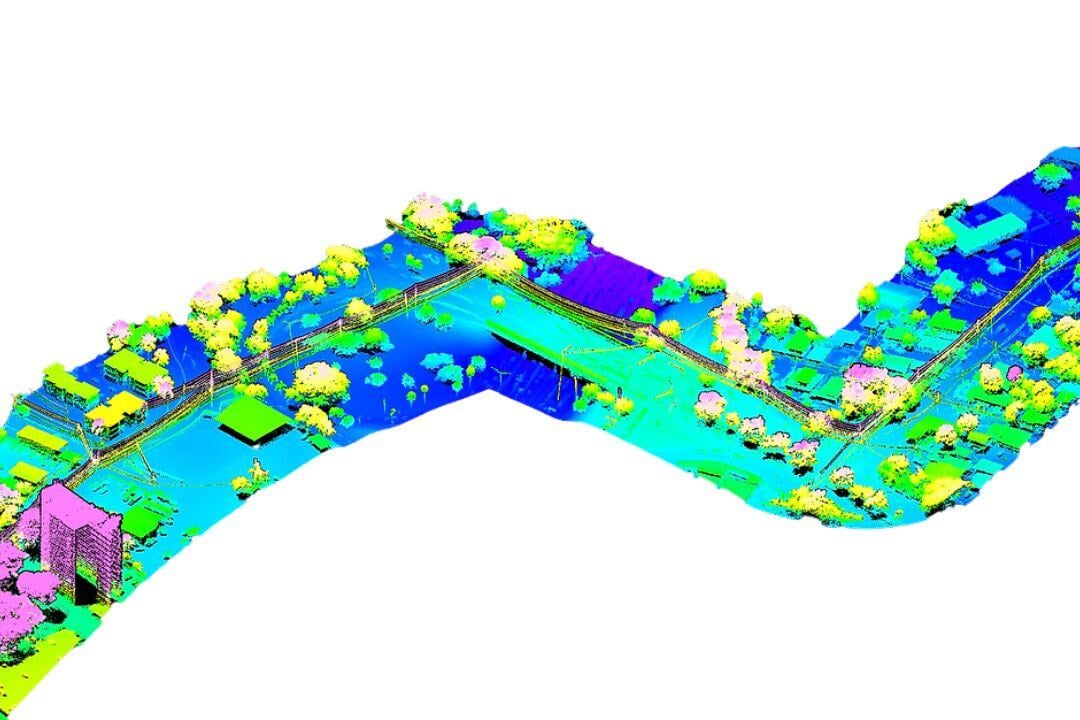Infrastructure Monitoring
Corridor mapping involves capturing high-precision geospatial data along roads, railways, pipelines, and powerlines, with aircraft and helicopters playing a crucial role in ensuring efficient and accurate data collection over challenging terrain. Helicopters equipped with LiDAR provide detailed, low-altitude scans, while fixed-wing aircraft cover extensive corridors for large-scale mapping. Multispectral and hyperspectral sensors enhance monitoring by detecting environmental risks, and photogrammetry delivers high-resolution visual insights for infrastructure planning and maintenance.
Challenges include navigating difficult landscapes, processing large datasets, and complying with airspace regulations near critical infrastructure. Despite these, aviation-based corridor mapping offers unmatched speed, accuracy, and efficiency, making it essential for infrastructure development, environmental assessments, and asset management.

More about Technologies

EO/IR Sensors
Electro-Optical/Infrared (EO/IR) sensors are critical tools in aviation for enhancing situational awareness, surveillance, and mission performance.

Datalinks
Datalinks are essential for real-time, secure communication in aviation, ensuring seamless data transfer between aircraft, ground stations, and command centers.

Laser Scanners
Laser scanners, particularly airborne LiDAR (Light Detection and Ranging) systems, are essential tools in modern aviation for delivering high-precision 3D mapping and terrain analysis.

Aerial Drone Platforms
Aerial drone platforms for surveillance and mapping are advanced unmanned systems that offer high-precision data collection and real-time situational awareness.



